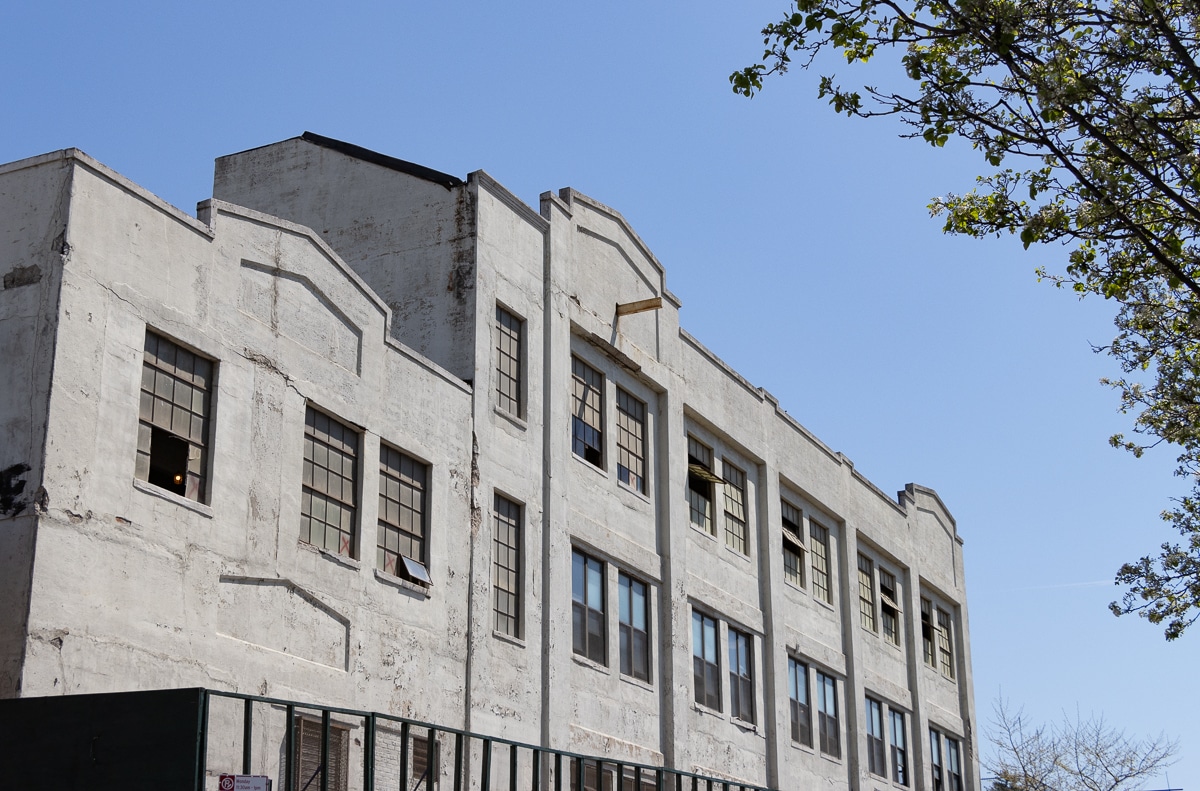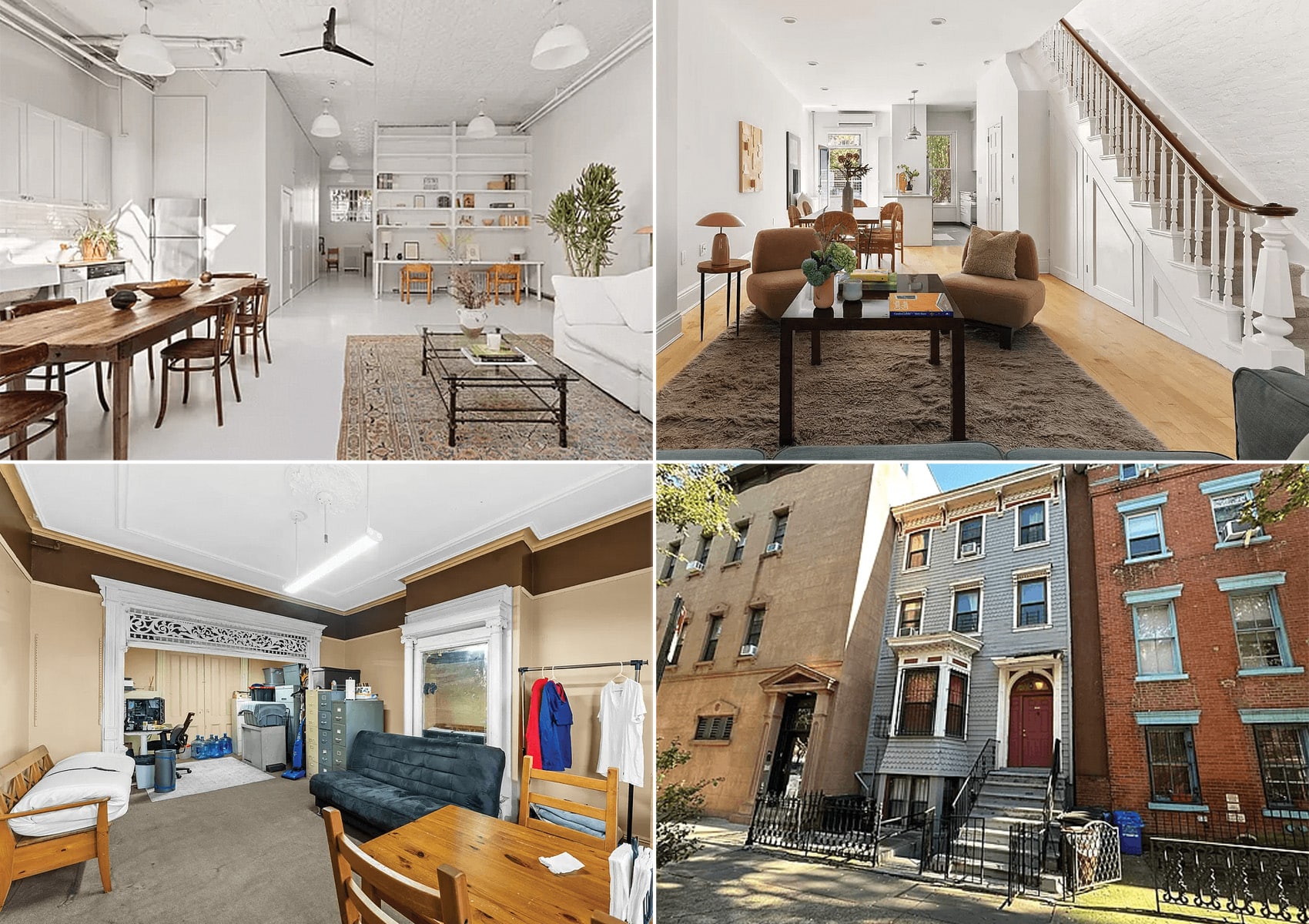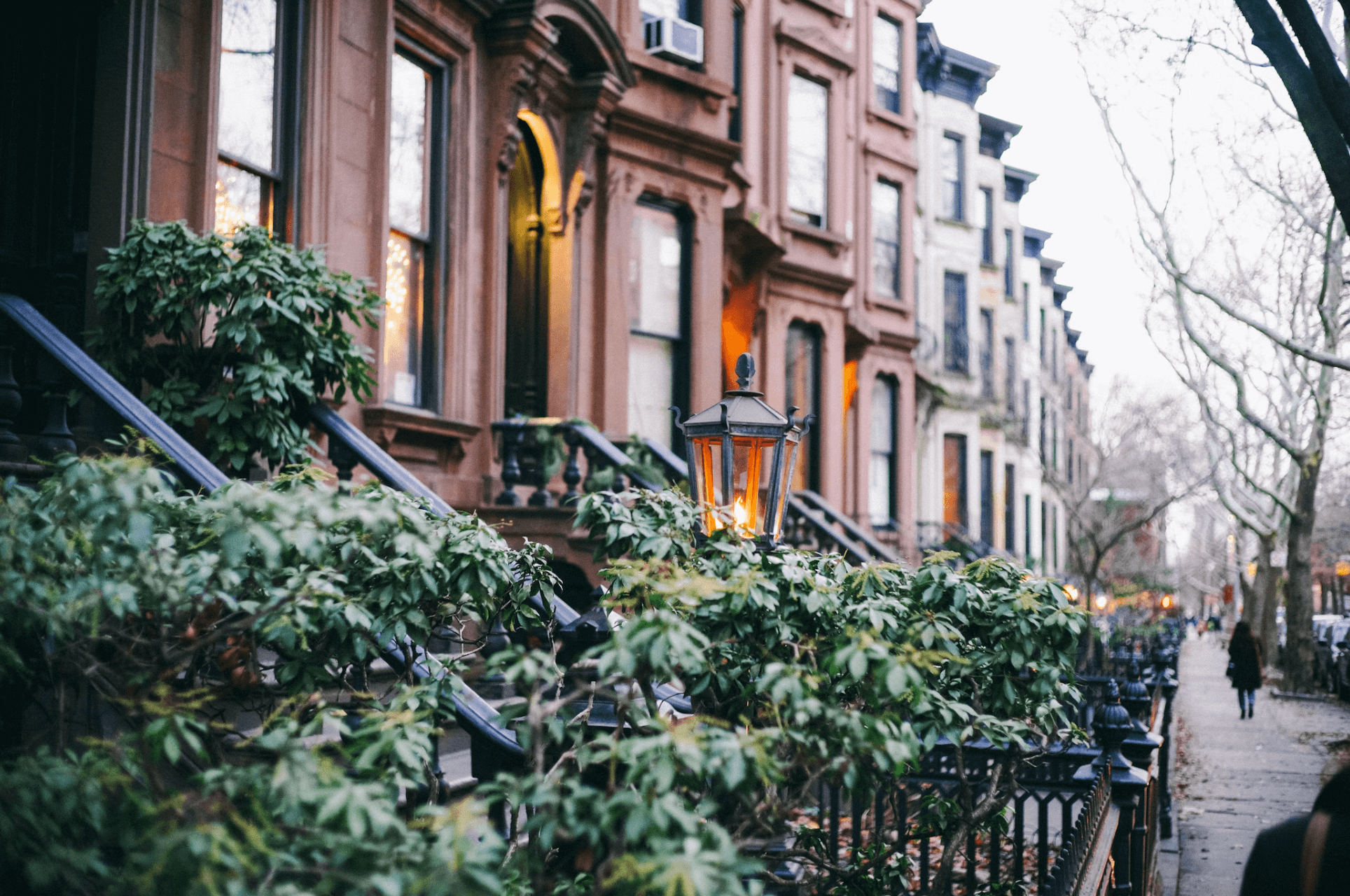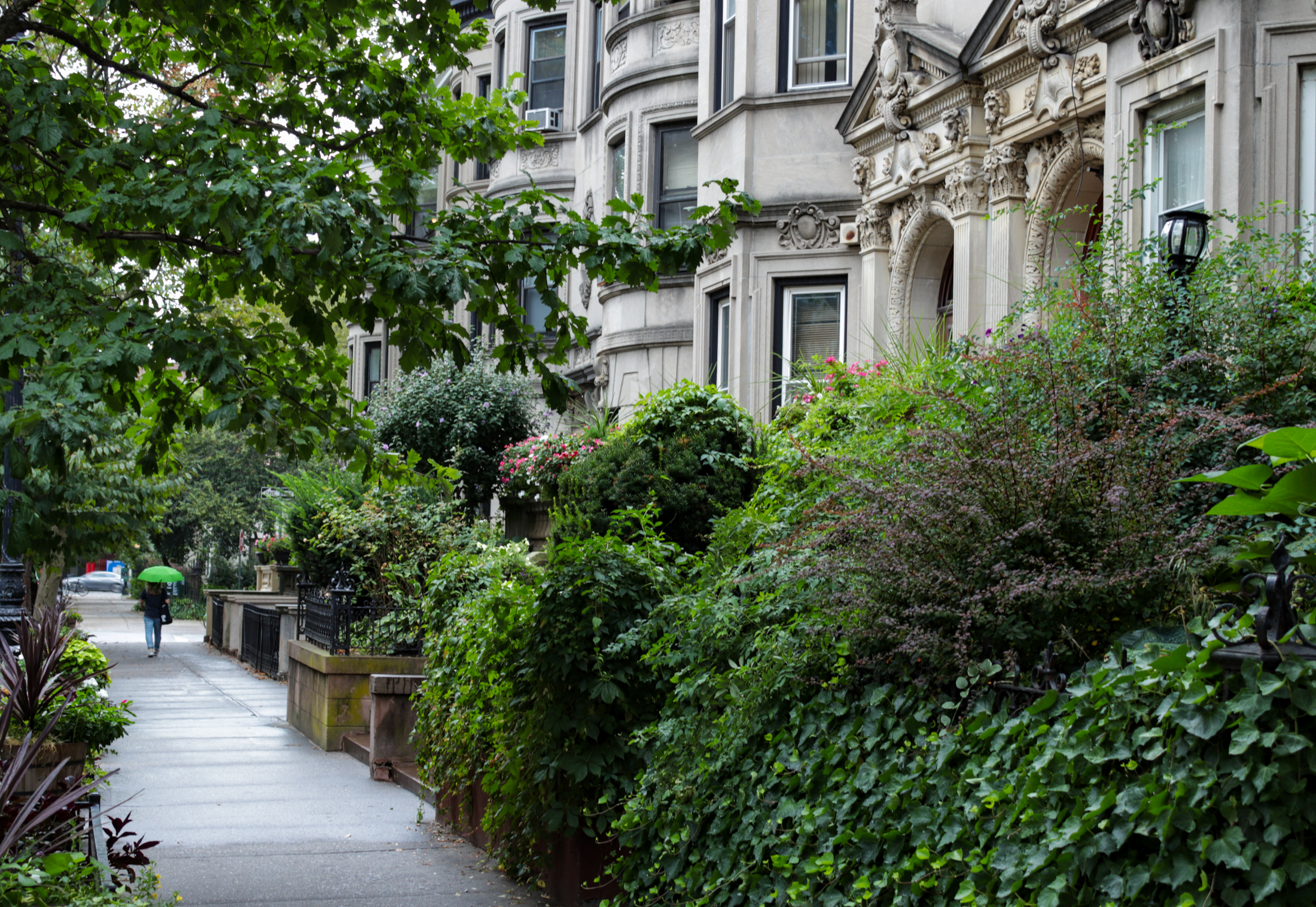Walkabout: Trashing Atlantic Avenue, Part 2
(Atlantic Avenue, near Nostrand. 1920. Photo: Brooklyn Public Library) In March of 1912, the Real Estate Record and Builder’s Guide, the bible of late 19th and early 20th century building in New York City, published a long article about the future of Atlantic Avenue, that great east-west corridor that joins the East River to Queens….

(Atlantic Avenue, near Nostrand. 1920. Photo: Brooklyn Public Library)
In March of 1912, the Real Estate Record and Builder’s Guide, the bible of late 19th and early 20th century building in New York City, published a long article about the future of Atlantic Avenue, that great east-west corridor that joins the East River to Queens. In our first chapter, we saw that development of Atlantic Avenue depended greatly on the operations and machinations of the Long Island Railroad. For more on this, please read chapter one. Due to the railroads path, on or above the avenue, it seemed, even in 1912, that the avenue would never be more than garages and factories. Going on from there, the article stated that “It is a significant and a lamentable fact that a majority of the sales of real estate on Atlantic Avenue have been in foreclosure.”
I find this article interesting for a number of reasons. First of all, they talk about an avenue that affects me every time I leave my house. I’ve seen great changes on Atlantic, and I’m not just talking about AY. The second reason I am interested in this article is because so many of the buildings that they mention are no longer there. I find the development of Atlantic fascinating because you can read the chart of technology and progress in the buildings. Stables give way to garages and auto showrooms. Houses give way to those ubiquitous factories and garages. Large institutions become playgrounds and parking lots, and so on.
From this article we learn that the Weed Ice Cream Factory once stood on Atlantic near Nostrand Avenue. It went into foreclosure. Very little speculative building was built for the Avenue, only a few cheap tenements far to the east, and a very small group of speculative row housing built between Kingston and Brooklyn. One of the exceptions was Alice and Agate Court, two groups of speculative houses, built on cul-de-sac streets only accessible from Atlantic on the westbound lanes. The houses were built by Florian Grojean, the manufacturer of Agate Ware. His houses were quite attractive, but did not attract the kind of tenants or buyers he would have liked, with the negative aspect of Atlantic Avenue given as the reason.
Being that the article was about property values and development, the bulk of it deals with how much the land and buildings on Atlantic, east of Flatbush, were worth. As is true today, it’s all about the money, and landowners and developers worked hard to get the best bang from their buck, even though the presence of the railroad “has always been a menace to the Avenue’s fee value.”
In 1912, the most modern building built by that time was a factory on the south side of Atlantic, between Bedford and Nostrand; a five story brick and granite building for the Metropolitan Engineering Company. Today, that building is still there, a mixed-use commercial and residential loft building. A developer named Edward J. Maguire built an ambitious set of residential /retail store buildings on the southwest corner of Atlantic and Nostrand. They are still there.
Other buildings mentioned in the article show an interesting mixture of factories and businesses that once lined the Avenue, including a casket factory near Clinton Avenue, the new Telephone Building, also at Clinton, which is still there. Garages began to pop up everywhere, and many still remain.
Large charitable institutions found a place on Atlantic, in part because the land was so cheap, and these charitable institutions needed to take advantage of that. A huge Victorian pile, the Brooklyn Children’s Asylum stood on Atlantic, under the elevated tracks, between St. Andrew’s Place and Kingston Ave. St John’s Hospital at Albany and Atlantic was just down the street, at Albany Avenue, and at Atlantic and Schenectady, the Catholic Orphan Asylum shared the street with a shoe factory and a police station.
The further east you went, the more the Avenue was being developed with tenements, along with factories and warehouses. According to the article, Atlantic, between Schenectady and Utica Avenues was an area “infested with a low element of colored population.” One wonders if they were talking about a particularly poor or indigent group of black people, or just black people in general. They probably didn’t see the distinction.
This part of Atlantic was near the old Hunterfly Road, which led to Weeksville, an independent African-American community in existence since the 1840’s, home to a middle-class community with successful businesspeople and community leaders. In 1912, there was still a sizable population of African-Americans here anyway, with more moving in, as this part of Brooklyn slowly opening up to black renters and homeowners. Brooklyn property owners, even those on Atlantic Avenue, had to wake up to the 20th century.
All in all, the article saw the future of the Avenue, and it basically hasn’t changed all that much since. The Avenue never became lined with desirable homes; its noise, pollution, and the railroad tracks have meant that any new development there has been marketed for “affordable housing.” Today there have been many new such developments in the Bed Stuy/Brownsville part of the Avenue. Some are quite nice looking, but again, who wants to live on Atlantic Avenue? No doubt that same relative inexpensiveness in land pricing has made the Avenue desirable to those not building with a great profit margin. And poor people can’t be too choosy.
There are a lot of interesting buildings on Atlantic, many with an easily available history, such as the Borden Milk plant in East New York, or the former Cathedral College of the Immaculate Conception, now the Cathedral Condominiums, and the huge and impressive 23rd Regiment Armory. On its streets can also be seen factories, showrooms, warehouses and storage facilities that were once designed for beauty as well as function.
Gone are the meat markets, the Atlantic Yards, the car dealerships, the active factories, and much more. This is not an essay on every building on Atlantic Avenue; that would be a book. In 1912, an article in a real estate trade magazine questioned the value of property along this long stretch of road. In an ever-growing Brooklyn, highlighted these days with the new Barclay Arena, Atlantic Avenue promises to be more important than ever. It probably won’t ever be pretty, though.











Great info and perspective. Loved it.
Any chance you’d extend this Walkabout one more chapter to focus on western Atlantic, between the harbor and 4th Avenue?
(and FYI, Barclays is always plural.)
Thanks again,
C:
Great info and perspective. Loved it.
Any chance you’d extend this Walkabout one more chapter to focus on western Atlantic, between the harbor and 4th Avenue?
(and FYI, Barclays is always plural.)
Thanks again,
C:
i know you’re not talking about the car wash, storage place or the tire repair spot so it must be the church or school building? whatever it was. definitely a cool building.
mm, you’re posts are too long. i can’t even find the time to read them at midnight on a thursday. posts could be very interesting just too long for most people.